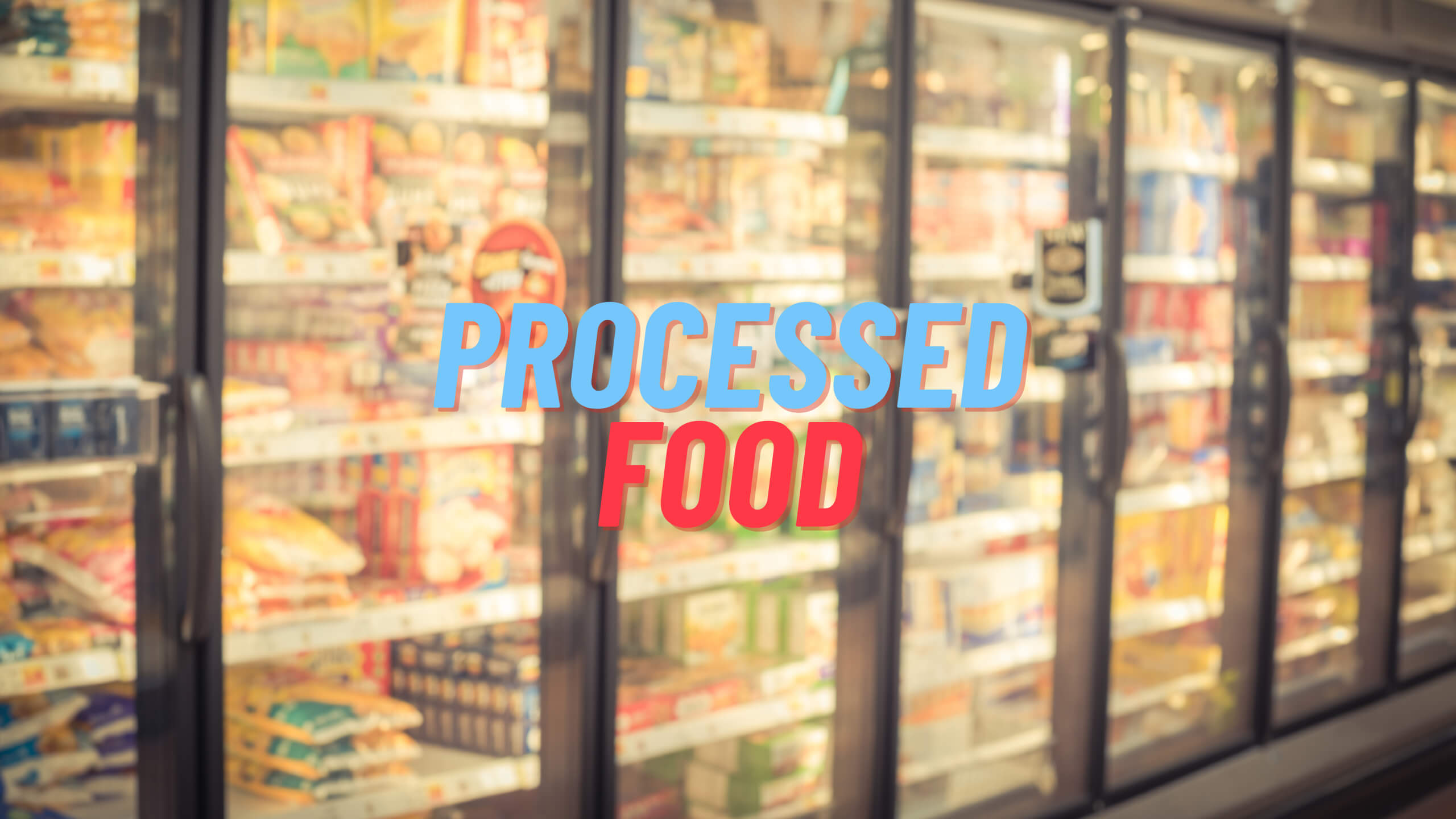Processed Food

Tips to Make Cooking More Efficient.
Processed foods have a terrible reputation these days, and in some cases deservedly so. There are a lot of processed foods that have terrible nutritional balances – tons of sodium, added sugars, unhealthy fats. Stuffed with additives to be more shelf stable or appetizing, we’re told to avoid processed foods like the plague lest we want to suffer from diabetes, obesity, heart disease, you name it. However, to write off processed food as all bad would be like saying every car out there is as bad as the Ford Pintos that exploded when it got rear ended – it’s just not a fair characterization of what cars, or in this case food, actually can be.
“Processed food” is an umbrella term placed on anything we buy at the grocery store that has been modified from its “natural state.” Washed and cut produce, frozen fruits, ground meats, pasteurized milk – all of these things are processed food, yet no one has ever accused baby carrots of being unhealthy. What’s important with processed foods, especially when we start venturing into more “prepared” items like pasta sauces, is that we pay close attention to what’s in them. The same type of food can be made very differently between brands, so checking the label is essential. We should always know what we’re putting in our bodies.
We mention this, because processed foods can be an important backbone to more efficient and effective home cooking. Consider this recipe for coleslaw. It calls for a few raw vegetable ingredients: cabbage and coleslaw. To make the meal, each of these items need to be shredded. Unless you have a kitchen gadget designed for shredding uniform pieces of vegetable, like the Mandolin (which will also likely shred your fingers so be careful), this means using a chef’s knife and doing it all manually. The question is though, why? Unless you have some extra cabbage and carrots left over from St. Patrick’s Day, why waste your time? This is where processed food can come in and make life easier. A bag of pre-shredded coleslaw mix from the grocery store takes the prep time for this from potentially 10-15 minutes down to two (or however long it takes to whisk together the dressing). It also means that you can make this dish if you are unable to apply the force necessary to chop through the vegetables.
On top of making cooking much quicker, it also gives us a better opportunity to be a better judge of how much we actually want to eat. Humans are visually acute, and this is especially important when it comes to food. If you’ve ever stopped in a gas station and saw the stack of things like Little Debbie’s and Hostess cakes, you probably don’t realize that a single honey bun is 2 servings. Yet, that’s not how we eat them. We look at it and think, “Yes, I am willing to eat that much of this food.” Buying a pre-portioned bag of coleslaw mix gives us a much better idea of how much we should eat, as opposed to wondering how much a whole head of cabbage will produce when shredded (hint: it’s a lot more than you think).
Use these foods to your advantage, just be sure to keep these things in mind: 1) Always check your labels. Make sure you understand what is in the ingredients list and what that means for nutrition. 2) Don’t be brand loyal right away. Even with the same type of food, like Pasta Sauce, the flavor and texture can vary a lot from brand to brand. Find the things you enjoy most. 3) Know that it’s hard to adjust the flavor of your meals if you’re using a lot of pre-made pieces. You definitely can make improvements to certain things, but the trade off of a more prepared ingredient or dish is that there’s less room for flexibility on making it taste differently.


